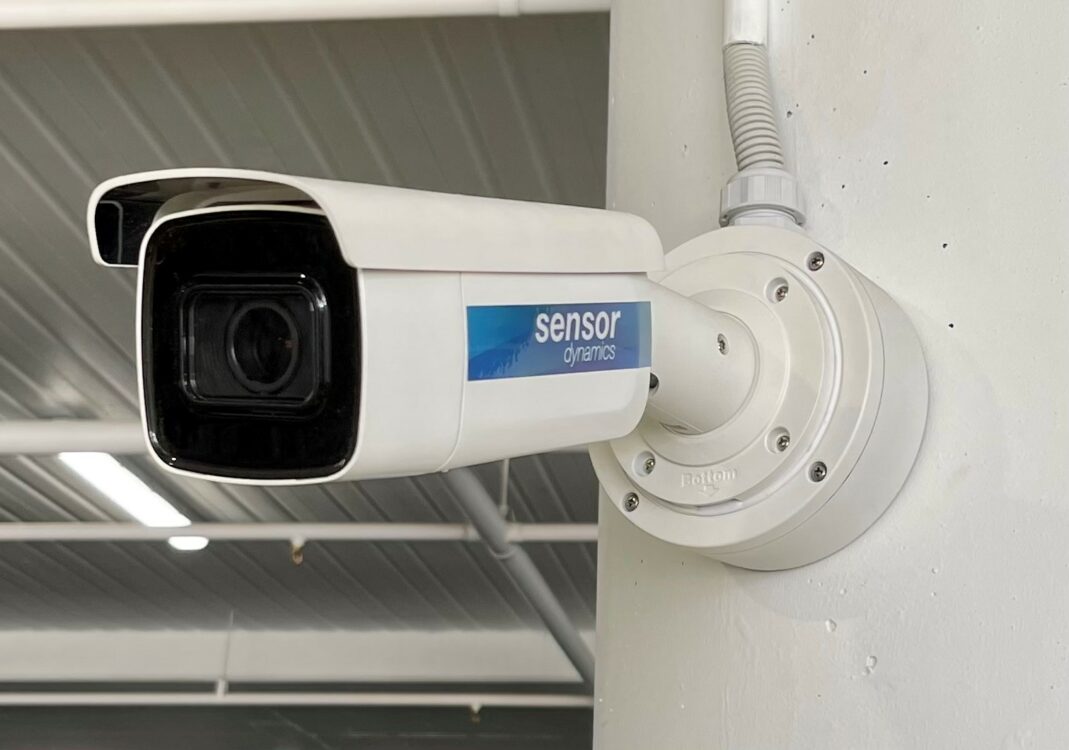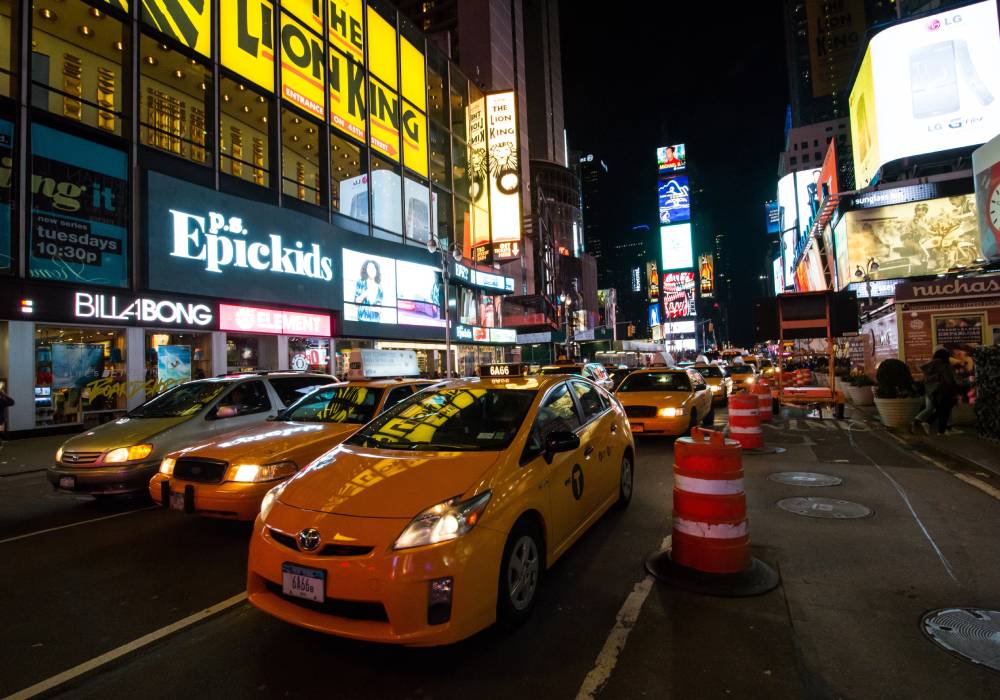What Is License Plate Recognition (LPR)? Everything You Need To Know

Have you ever seen a car driving down the street and wondered who the driver was? With license plate recognition (LPR), you can find out!
LPR is a technology that uses cameras to read license plates and identify the vehicle and its driver. This technology has many applications, such as law enforcement, parking management, and security.
In this blog post, we will discuss what LPR is and how to use it!
What Is License Plate Recognition (LPR)?
If you’re not familiar with the term, License Plate Recognition (LPR) which also goes by other names such as Automatic Number Plate Recognition (ANPR), Automatic License Plate Recognition (ALPR), or Automated License Plate Readers (ALPR) or Car Plate Recognition is a technology that can be used to identify and track vehicles.
License plate recognition systems typically use cameras to capture images of vehicle registration plates, and then the software is used to compare those images against a database of number plates. This technology can be used for a variety of purposes, including security, law enforcement, and traffic management. LPR can also be used for tracking vehicles for fleet management.
How Does License Plate Recognition Work?
The licence plate recognition technology uses cameras to capture images of license plates, and then passes the image through several processes, including optical character recognition (OCR) and image processing.
During OCR, special ANPR software is used to convert the characters in a license plate into alphanumeric codes that can be compared against a database.
In image processing, algorithms are used to analyze the images and determine whether certain criteria have been met, such as the plate’s size or shape. The LPR or ANPR system then compares the license plate information against a database of known plates in order to identify the vehicle.
Once identified, LPR systems can be used to track vehicles in real-time and store data for later use.
Most automated license plate recognition systems are designed to work in any lighting condition and have a high accuracy rate of more than 95%, but another thing that makes them fascinating is the access control feature that LPR systems provide.
This feature allows ANPR systems to be integrated with access control systems such as gates, doors, and parking lots to automatically authorise or deny access based on vehicle license plate numbers.
License Plate Recognition Phases
LPR systems are composed of four phases: Image acquisition, pre-processing, license plate localization, character segmentation, features extraction, characters recognition, and post-processing
Image acquisition
In LPR, image acquisition is the process of capturing an image of a license plate. This can be done using a variety of methods, including cameras mounted on vehicles or buildings, or handheld devices.
There are two main types of cameras used in LPR: infrared and visible light cameras. Infrared cameras are designed to work in low-light conditions and can capture license plates even when they are not illuminated. Visible light cameras are used in well-lit areas and can capture more detail than infrared cameras.
Cameras used in LPR systems must meet certain requirements in order to achieve high accuracy rates. The camera must have a high resolution so that it can capture all the details of the license plate, and it must be able to produce a clear image regardless of the lighting conditions.
Pre-processing
This is the first phase of LPR and involves preparing the image for processing. In this step, camera images are adjusted to reduce noise and improve contrast.
License Plate Localization
In the second phase, LPR systems use algorithms to recognize license plates in the image. This involves recognizing the shape, size, and location of the license plate and removing any residual background noise or other objects that are not part of the license plate.
Character Segmentation
In the third phase, LPR systems use algorithms to segment characters in the license plate. This step is designed to ensure that the LPR system can accurately recognize characters in the license plate image.
Features Extraction
In this step, LPR algorithms extract features from the license plate image. This involves analyzing the shape, size, and orientation of each character and comparing it to a database of known features.
Characters Recognition
In the final phase, LPR algorithms compare the extracted features to a database of known license plate numbers in order to identify and recognize the license plate.
Post Processing
In LPR, image post-processing is the final step in the license plate recognition process. This step involves analyzing the results of the LPR system and taking appropriate action based on the results.
Post-processing can involve a variety of tasks, such as sending an alert when a license plate is recognized, storing the license plate information in a database, or routing the vehicle to a specific location.
Post-processing is an important step in LPR because it allows LPR systems to be customized to meet the specific needs of each organization. By adjusting the post-processing settings, LPR systems can be configured to meet the specific requirements of each application.
What Places Can LPR Be Used?
License plate recognition systems can be used in a variety of settings. Here are some of the most common applications for LPR:
– Parking Lots: LPR systems are often used to automate the process of recognizing license plates and granting or denying access to a parking lot.
– Traffic Management: They can also be used to detect and monitor traffic flow and can also be used to identify vehicles that have been involved in accidents or other incidents.
– Security: LPR systems are often used as part of a security system, allowing access to restricted areas based on license plate recognition.
– Law enforcement and security: LPR is often used by police to identify stolen vehicles or search for suspects.
– Toll Roads: LPR systems are used to automate the process of collecting tolls from drivers.
– Parking garages: LPR systems are often used in parking garages to grant or deny access based on license plate recognition.
– Emergency Services: LPR systems are used to identify and track vehicles involved in emergency services, such as fire trucks and ambulances.
– Retail/Drive Throughs: LPR systems are also used at retail stores and drive-throughs to identify when people are leaving the premises without paying.
License plate recognition systems offer organizations a number of benefits, including increased security, improved efficiency, and reduced costs. LPR systems can be used in a variety of settings, from parking lots to law enforcement, making them a valuable tool for any organization.
Benefits of Automatic License Plate Recognition (ALPR)
The use of Automatic License Plate Recognition (ALPR) systems has grown rapidly in recent years. ALPR systems offer a number of benefits, including:
– Increased security: LPR systems can help to provide an extra layer of security in restricted areas and parking lots, ensuring that only authorized vehicles are allowed in.
– Improved efficiency: LPR systems can automate the process of recognizing license plates and granting or denying access, saving time and money.
– Reduced costs: LPR systems can also help to reduce costs associated with manual license plate recognition, such as labour costs and parking tickets.
– Improved accuracy: LPR systems can also help to improve the accuracy of license plate recognition, reducing the risk of errors.
– Increased safety: LPR systems can also help to increase safety on the roads by identifying vehicles that have been involved in accidents or other incidents.
Conclusion
Automatic license plate recognition systems can be a valuable tool for any organization looking to increase security, improve efficiency, and reduce costs.
LPR systems are available in a variety of sizes and configurations, allowing organizations to choose the LPR system that best meets their needs.
At Sensor Dynamics, we specialize in LPR technology and offer a selection of LPR systems to meet the specific needs of our clients. Contact us today to learn more about LPR and how it can be used to meet your specific requirements.



